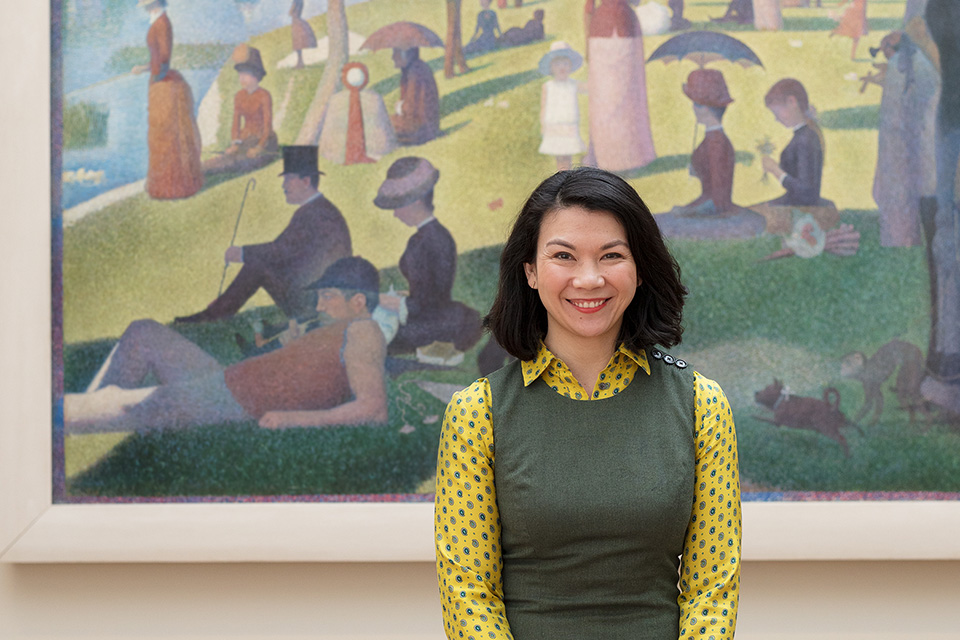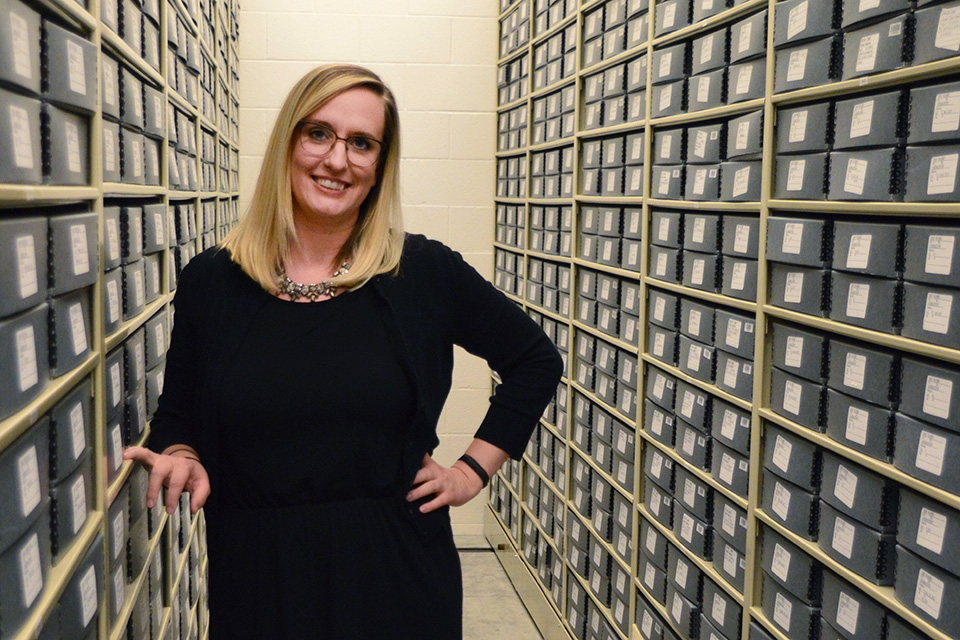"There is a perceptible change in visitor response when they see all these nocturnes," says Burke, the Fort Worth museum's director since 2012.
But she also likes the noise, especially from schoolchildren captivated by action-based paintings of cowboys and Native Americans.
"You see the painting through their eyes," she says. "You just never know from day to day what might transpire."
Burke, who began working at the museum in 1996 as an educator, has enhanced the museum's educational initiatives and created innovative exhibitions thanks to her education at UNT.
In the College of Visual Arts and Design's art museum education program, students can take one of two tracks -- an art museum education certificate, designed for those who are working on a graduate degree in another field, or a master's degree with an emphasis on art museum education. They learn to think critically via vigorous discussions and courses in pedagogy and also take field trips and participate in internships at DFW's world-renowned museums.
As a result, alumni land positions in some of the country's most prestigious museums and institutions -- including the Art Institute of Chicago and the Animation Research Library at Walt Disney Animation Studios in Los Angeles, among others -- driving the art world from coast to coast. From collections coordinators to art museum educators, these professionals do everything from restoring great works of art to developing educational programs for those with specific needs. And they are motivated by a common goal -- to ensure visitors from all walks of life get to appreciate, learn and think about art in new ways.
"I'm consciously thinking about what visitors may gain when they visit the museum," Burke says, "and how I can find ways to be sure they enjoy their experience."


